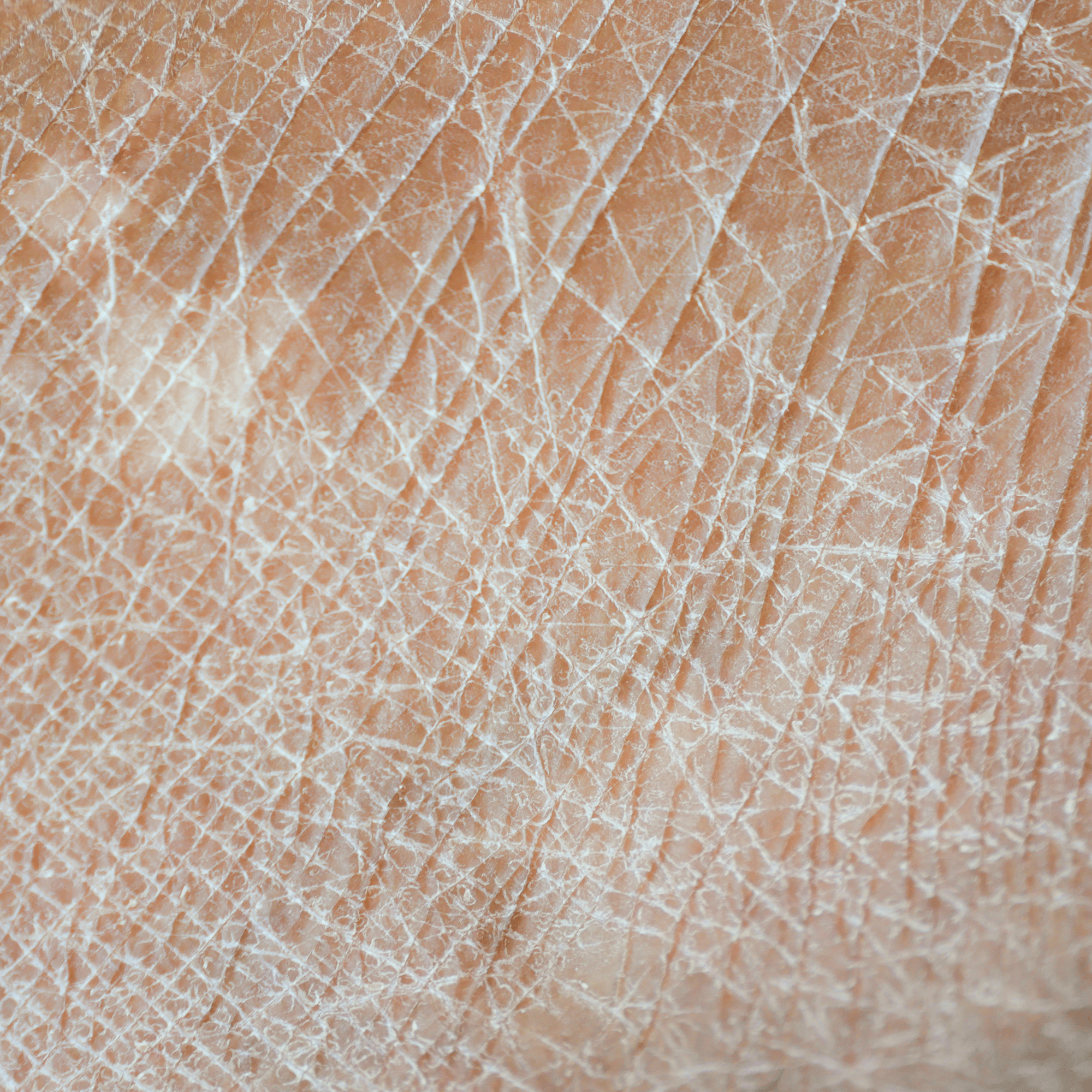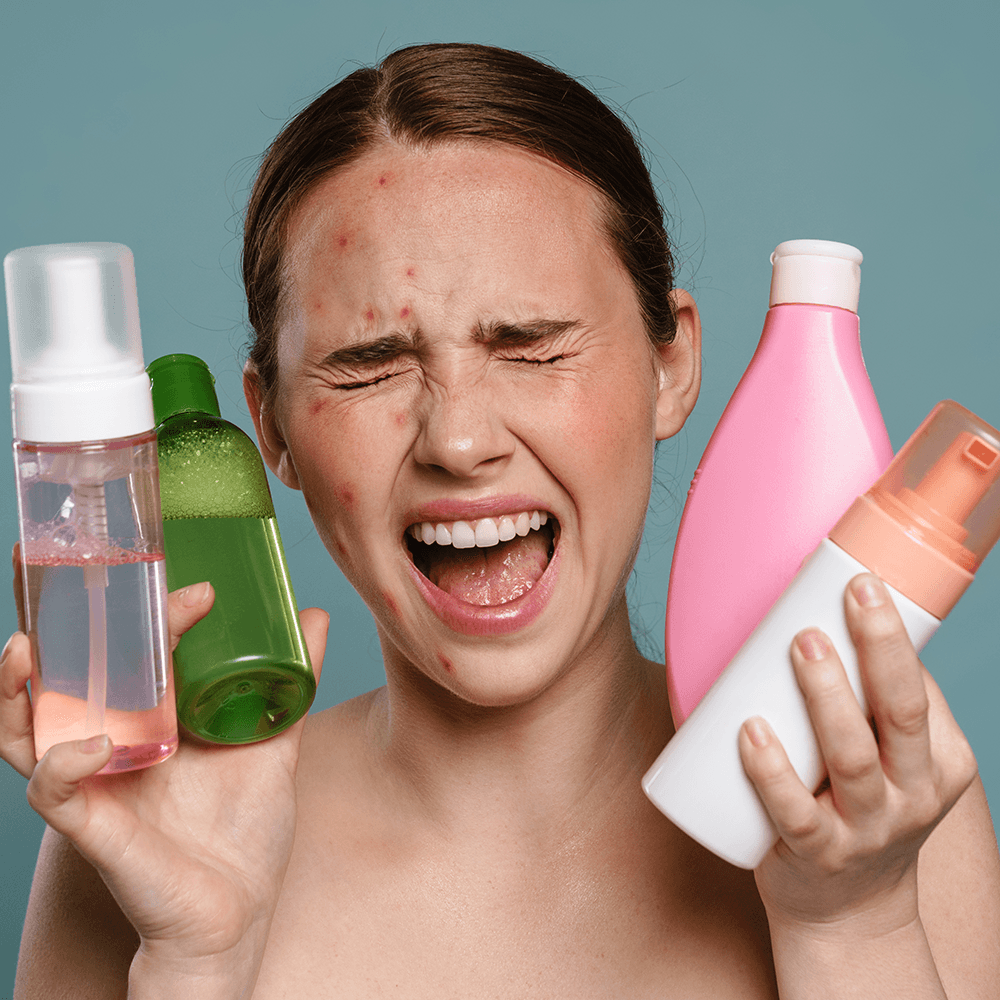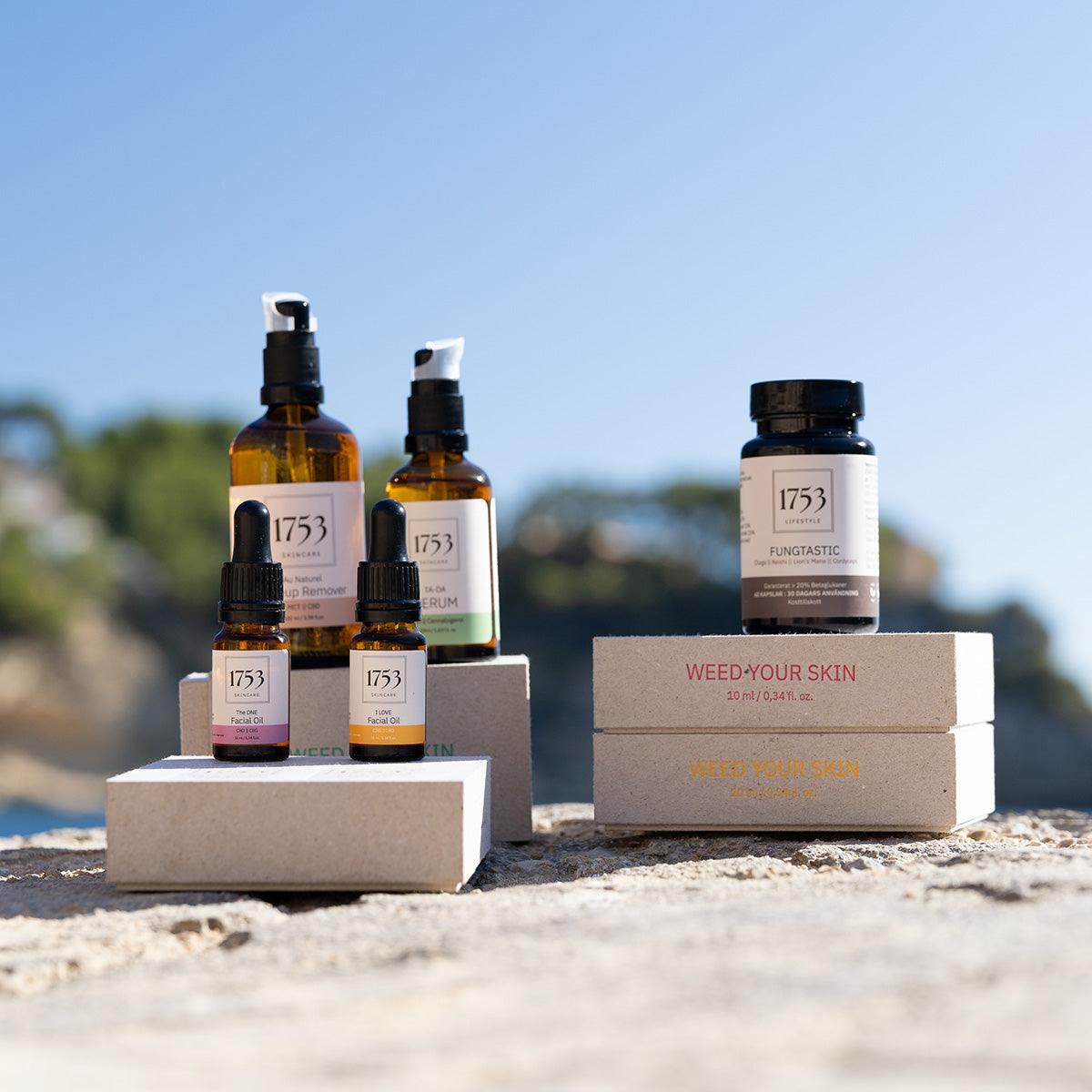How to combat dry skin?

The most common question we receive is: "I have very dry skin. How can I solve this?"
There are two approaches for skincare companies to tackle this ongoing challenge. One way is to create products that provide a "moisture boost." These products often contain hyaluronic acid, sodium hyaluronate, and glycerin, which quickly hydrate the skin. But note the word "quickly"—this effect is short-lived.
The problem with this short-term solution is that it only addresses the symptoms, not the cause of dryness. The skin becomes accustomed to receiving moisture from external sources and stops producing enough moisture on its own. Managing dry skin in this way is very lucrative for companies, as they can sell many products that deliver quick results. But does this really solve the problem in the long run, or does it simply postpone it?
To truly understand and address the cause of dry skin, we must ask ourselves: "Why has my skin lost the ability to produce sufficient moisture on its own?"
One of the main causes of dry skin is transepidermal water loss (TEWL), which means that moisture in the skin leaks out through the epidermis (the outermost skin layer). This is often due to a lack of tight junctions (t-junctions) between skin cells, which function as bonds that hold the cells tightly together. With more t-junctions, moisture is retained, while a deficiency leads to moisture loss.
T-junctions form when skin cells feel "safe" and stable, which occurs when we have a good microbial diversity on the skin. This diversity of microbes (bacteria, viruses, fungi, etc.) protects and strengthens the skin.
So how do we create good microbial diversity? A quick solution is to use external probiotics, but a more sustainable method is to improve the conditions for the microbes we already have. The best way to do this is to enhance the quality of sebum, the skin's natural oil.
Sebum is produced by the skin's sebaceous glands and is essential for skin health. When we have a balanced production of high-quality sebum, the oils serve as food for the good microbes. However, if production is too high and the quality is low, the oils can benefit pathogens such as Staphylococcus aureus (the eczema bacterium) or Cutibacterium acnes (the acne bacterium).
Sebum production is regulated by the endocannabinoid receptors in the sebaceous glands. A balanced endocannabinoid system leads to good sebum production. In addition to preserving the skin's moisture production, we must also support skin cells' ability to produce moisturizing substances like hyaluronic acid and lactic acid on their own.
When skin cells feel secure, not only does the number of t-junctions increase, but so does the production of hyaluronic acid and lactic acid. Therefore, sebum production is crucial for the skin's own moisture production.
Another cause of dry skin is the impaired function of skin's keratinocytes, which are the dominant cells in the epidermis. These cells produce keratin and are responsible for forming the skin's barrier by manufacturing and secreting lipids. The quality and quantity of keratinocytes are also regulated by the endocannabinoid system. A deficiency of endocannabinoids leads to a weaker barrier function and increased moisture loss.
The goal for achieving long-lasting hydrated skin is to improve sebum quality to increase microbial diversity. This leads to more t-junctions and increased production of hyaluronic acid and lactic acid in skin cells. The most important signaling system for improving sebum production, keratinocyte quality, microbial diversity, and hyaluronic acid production is the endocannabinoid system. By balancing this system, we can achieve healthy and hydrated skin.
Unfortunately, many Westerners have impaired function in their endocannabinoid system, often due to overuse of substances that disrupt the skin's natural ecosystem. When the skin's ecosystem is out of balance, it can take time to repair. During this transition period, the skin may behave oddly, such as becoming dry if one suddenly stops using moisturizing products. However, if one persists, the skin can regain its natural functions and become healthier and more hydrated than ever.
Our goal is to find the most natural ways to strengthen the skin's endocannabinoid system, which is crucial for the skin's functions. We have yet to find the ultimate solution, but we are on the right track and will soon launch more products that promote the skin's natural functions.
Here are five ways to increase the skin's moisture levels without using skincare products:
1. Drink plenty of water. According to "The U.S. National Academies of Sciences, Engineering, and Medicine," women should drink 2.7 liters of fluids per day and men 3.7 liters.
2. Eat foods with high water content, such as watermelon, celery, plums, and berries.
3. Reduce the number of showers and baths per week. Hot showers and baths can cause moisture loss.
4. Avoid cleansers and peels that harm the skin's microbial diversity and cell structure.
5. Use skincare with phytocannabinoids (e.g., CBD and CBG) that strengthen the skin's endocannabinoid system.
Sources:
- https://en.wikipedia.org/wiki/Transepidermal_water_loss
- https://pubmed.ncbi.nlm.nih.gov/30022486/
- https://pubmed.ncbi.nlm.nih.gov/31350927/
- https://onlinelibrary.wiley.com/doi/full/10.1111/j.1468-2494.2007.00402.x
- https://www.ncbi.nlm.nih.gov/pmc/articles/PMC9654002/
- https://www.ncbi.nlm.nih.gov/pmc/articles/PMC3583886/
- https://www.ncbi.nlm.nih.gov/books/NBK470464/
- https://www.ncbi.nlm.nih.gov/pmc/articles/PMC6536610/
- https://pubmed.ncbi.nlm.nih.gov/12815050/




Comments